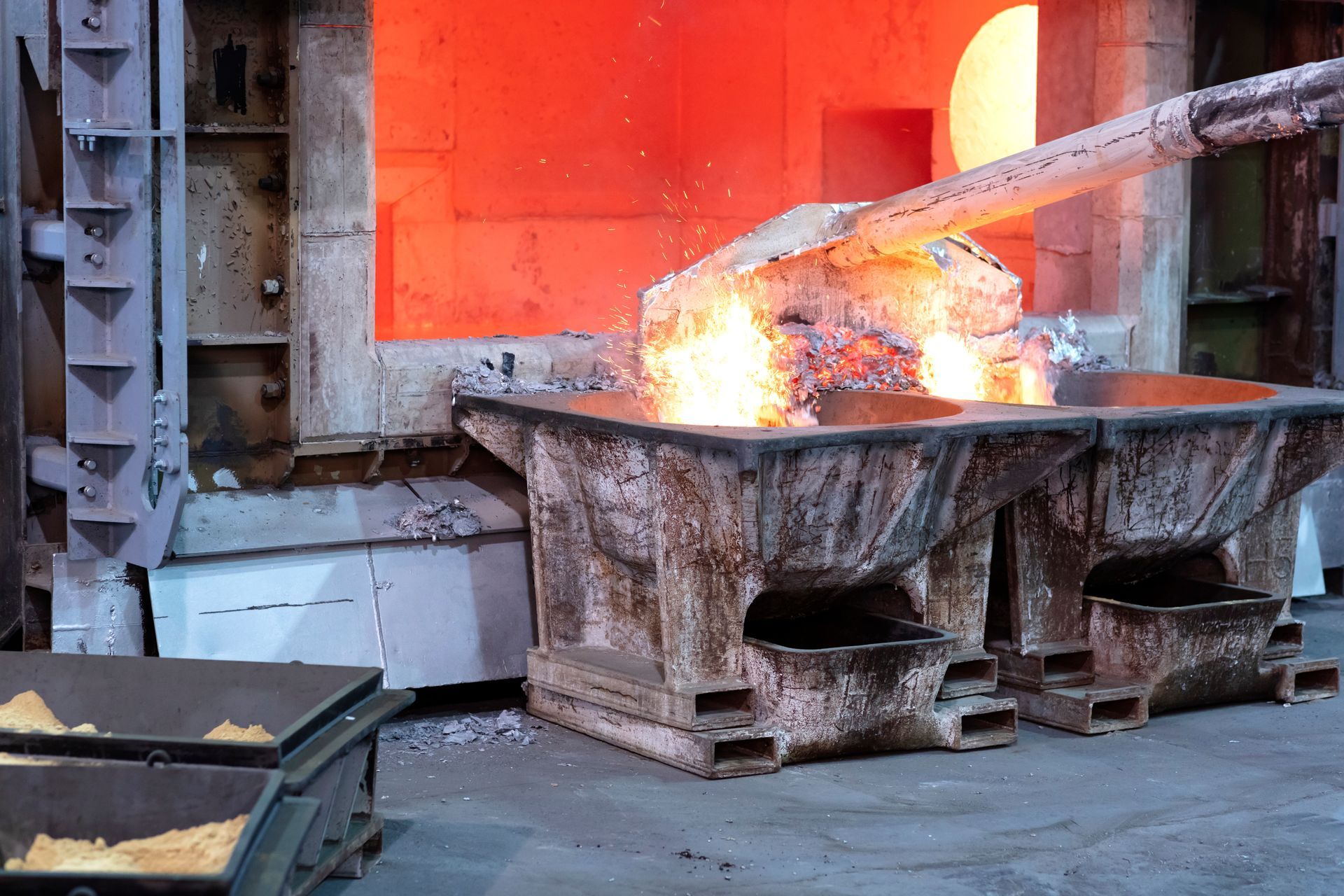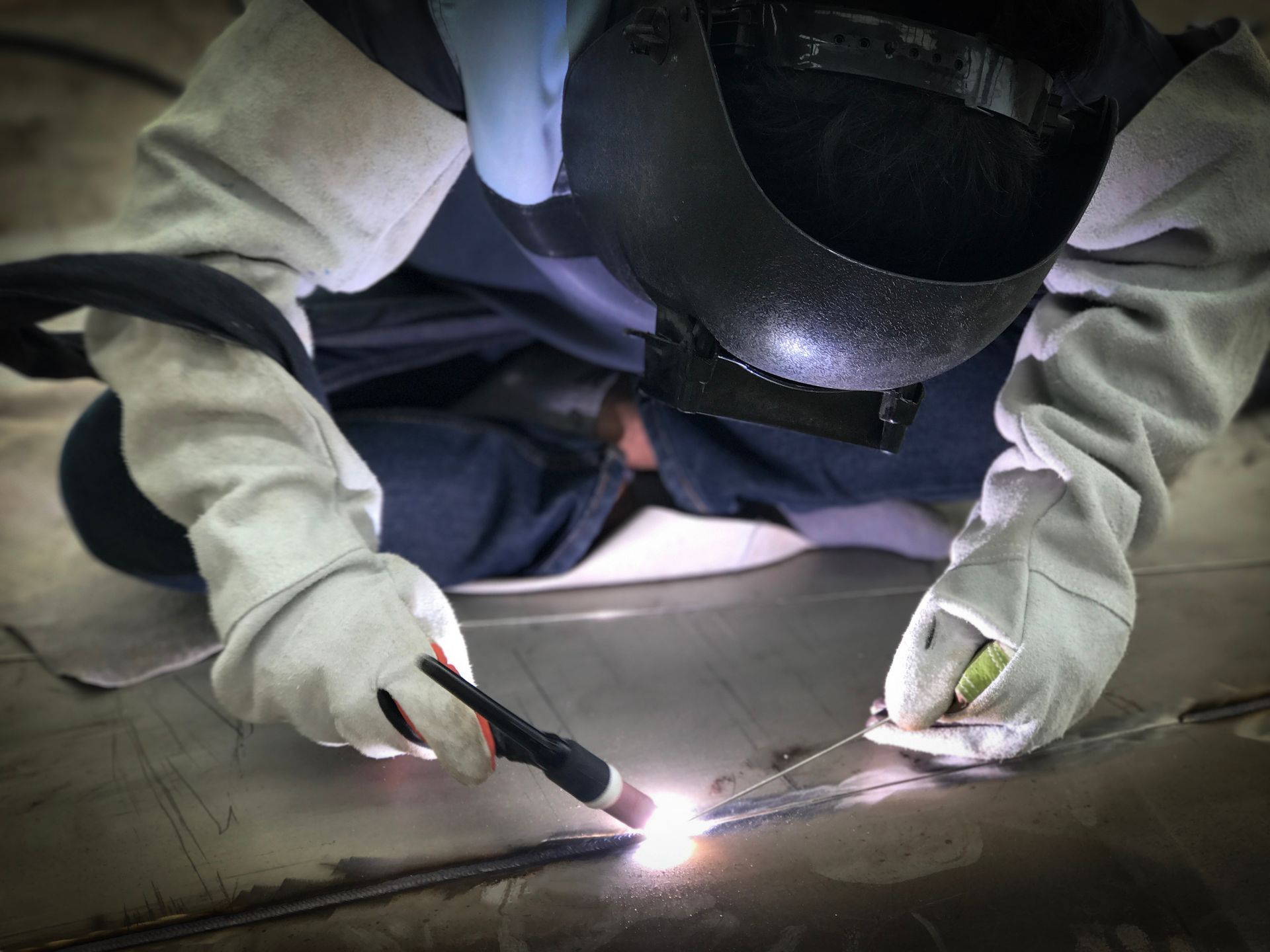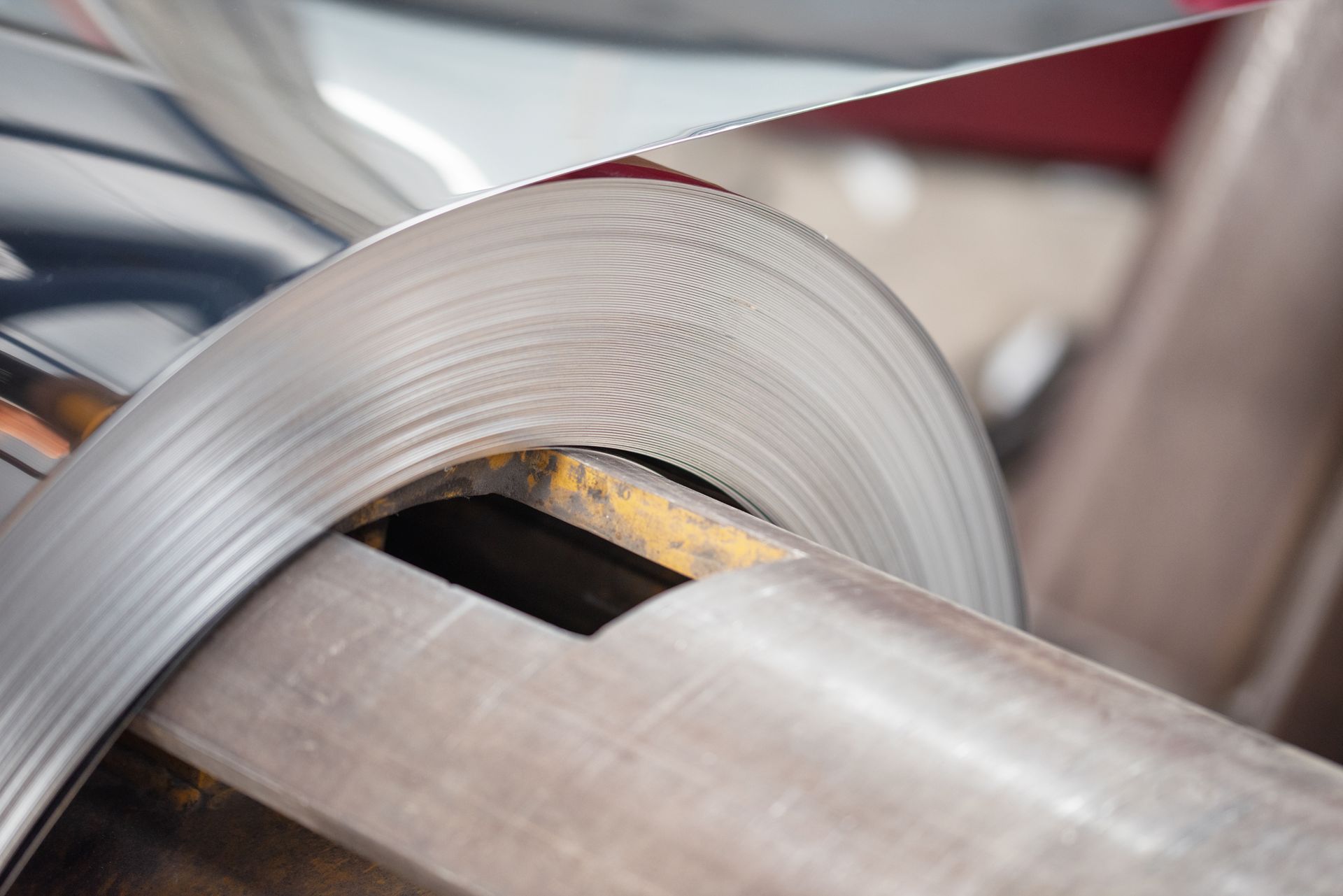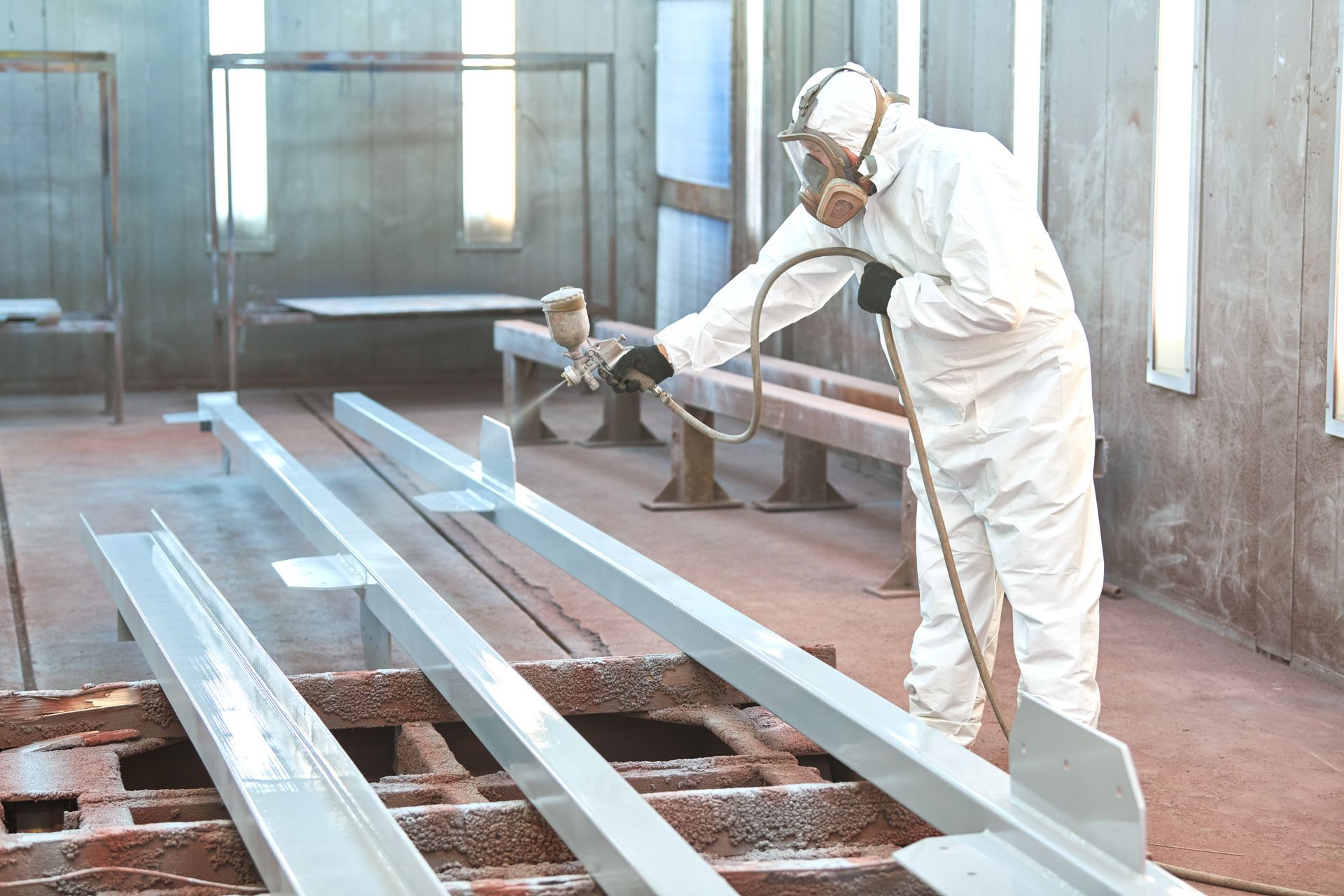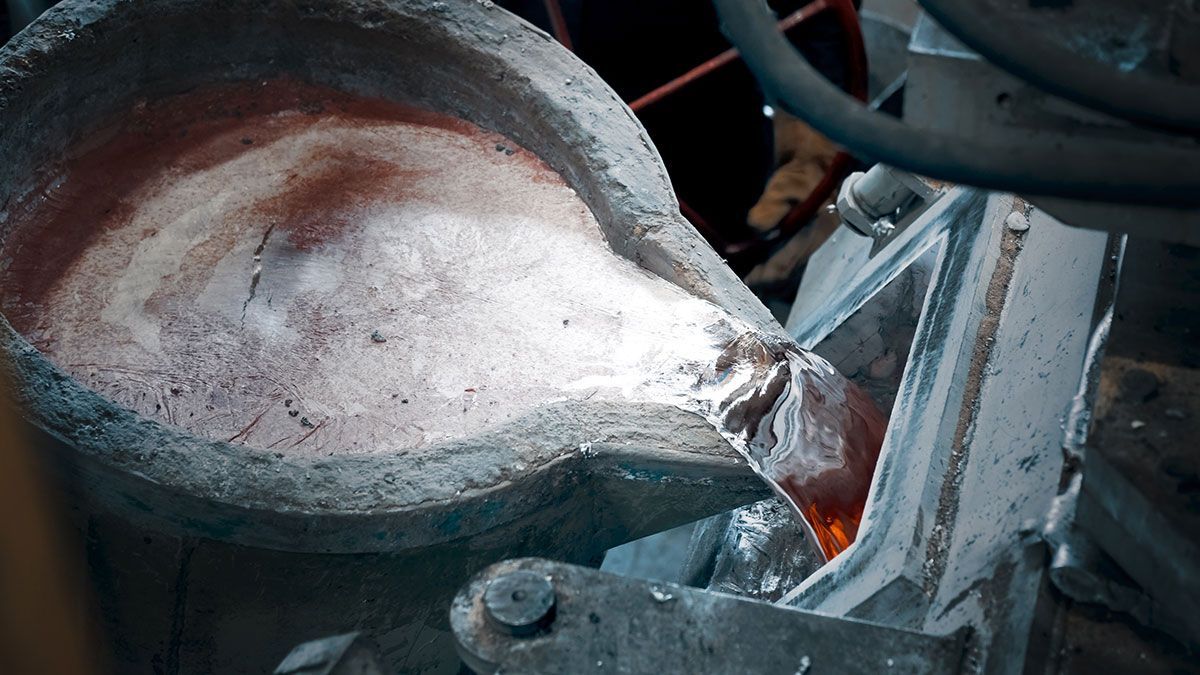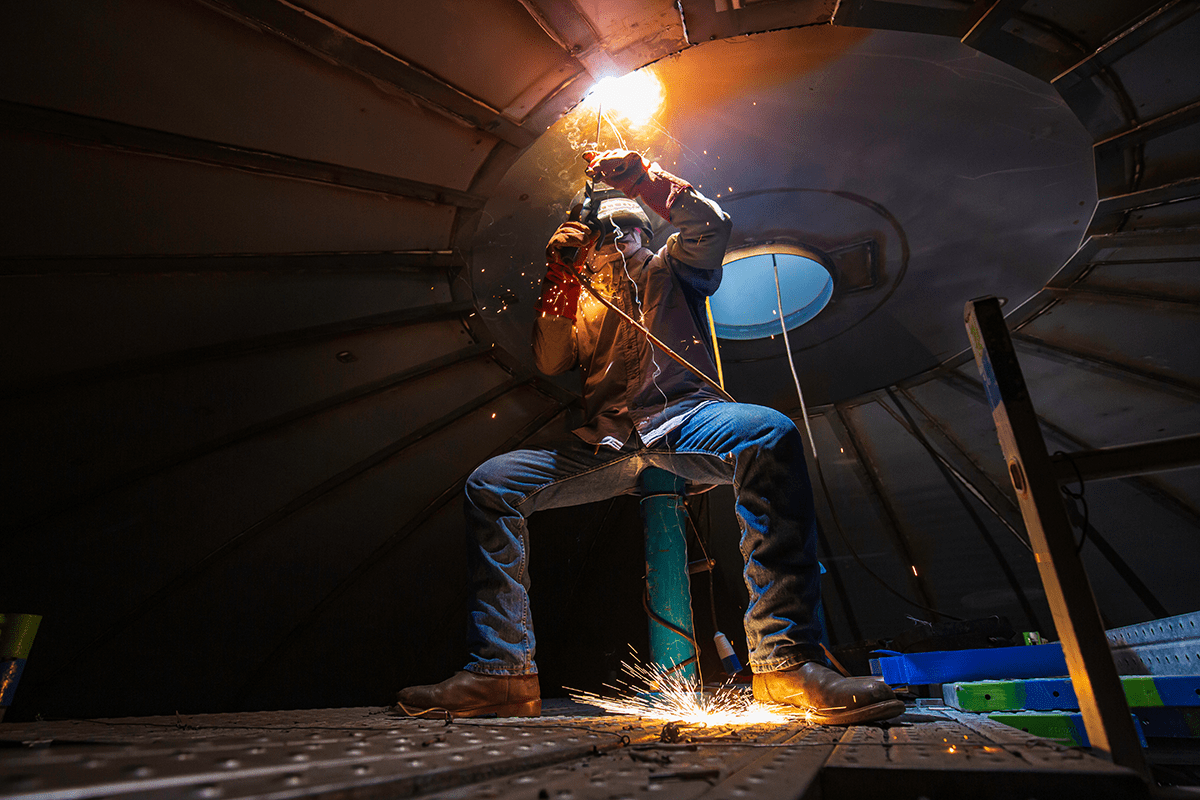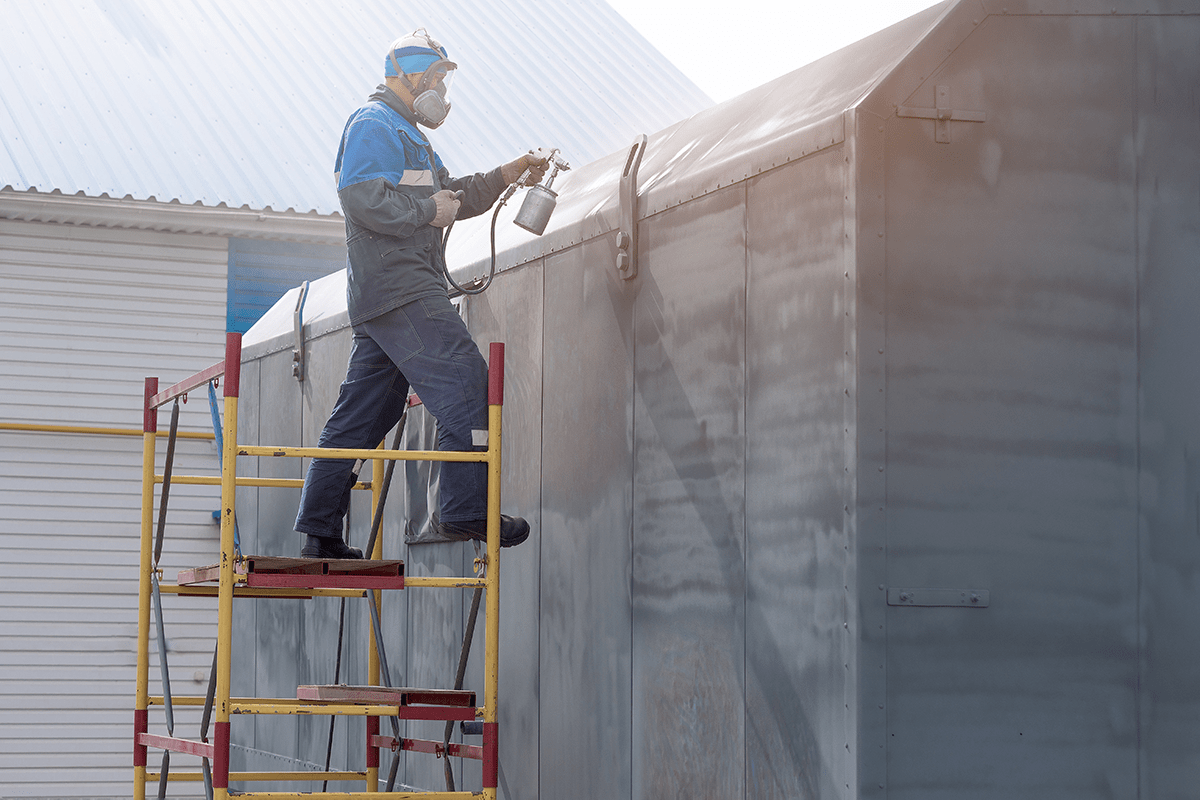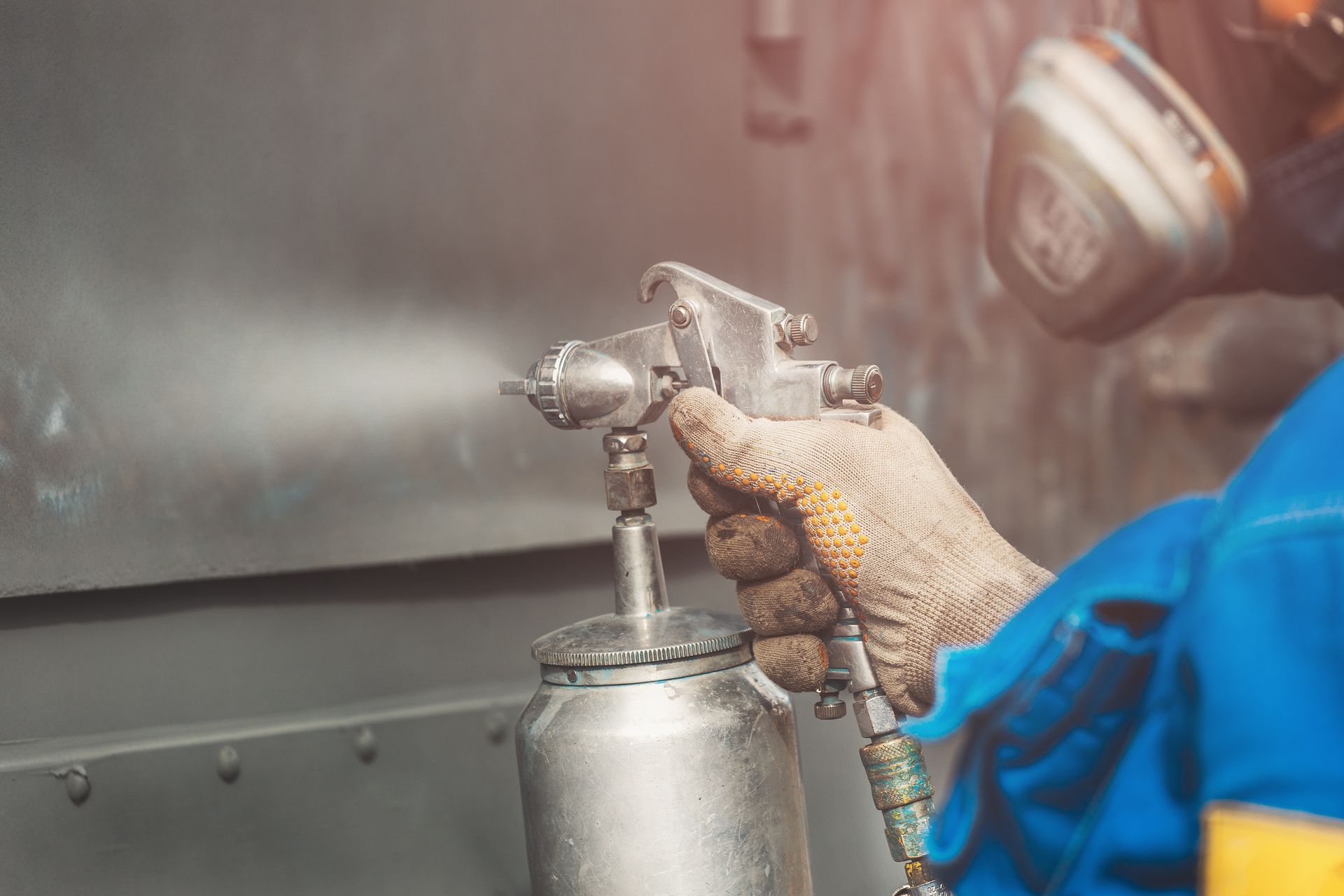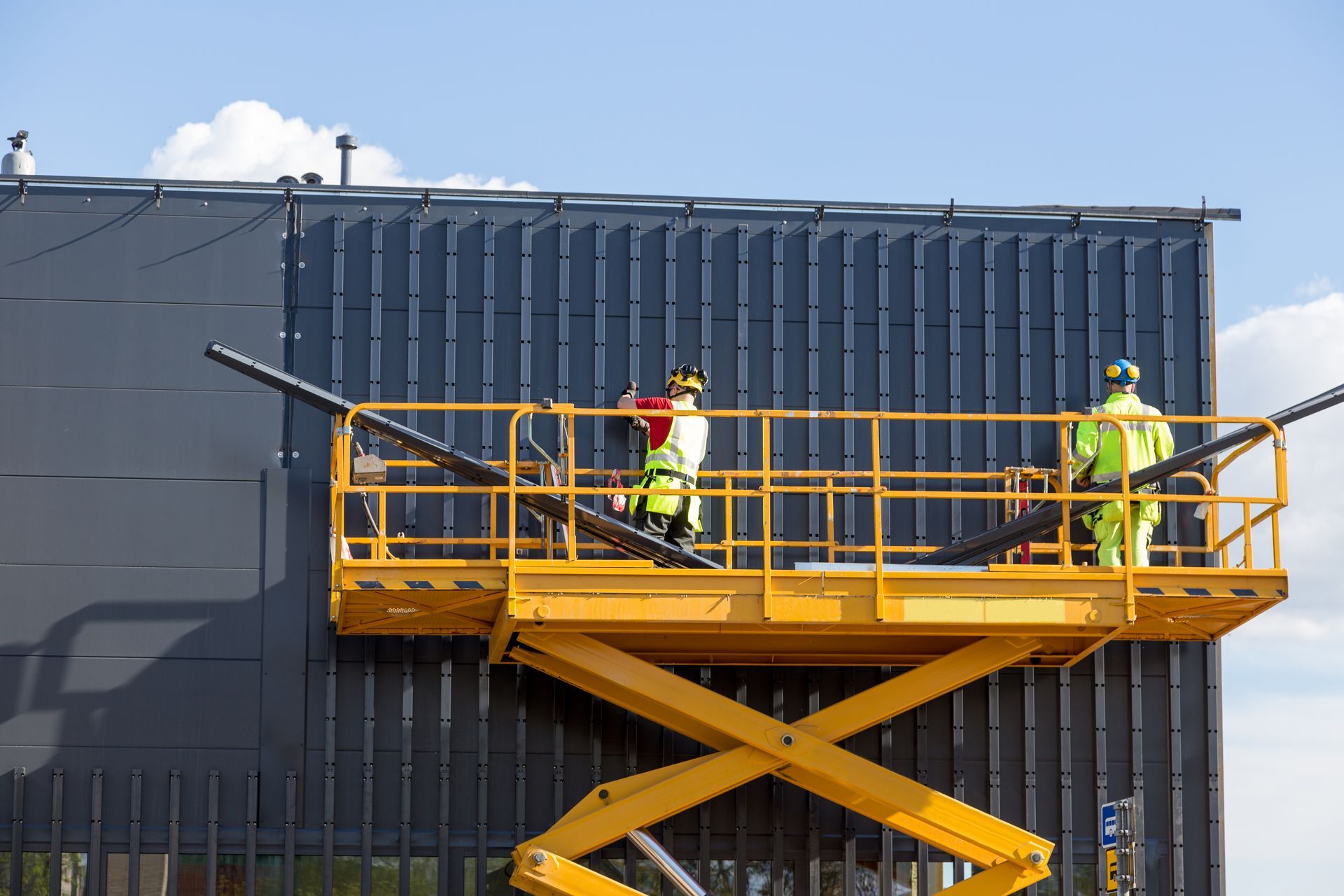The Various Types Of Stainless Steel Used In The Food Sector
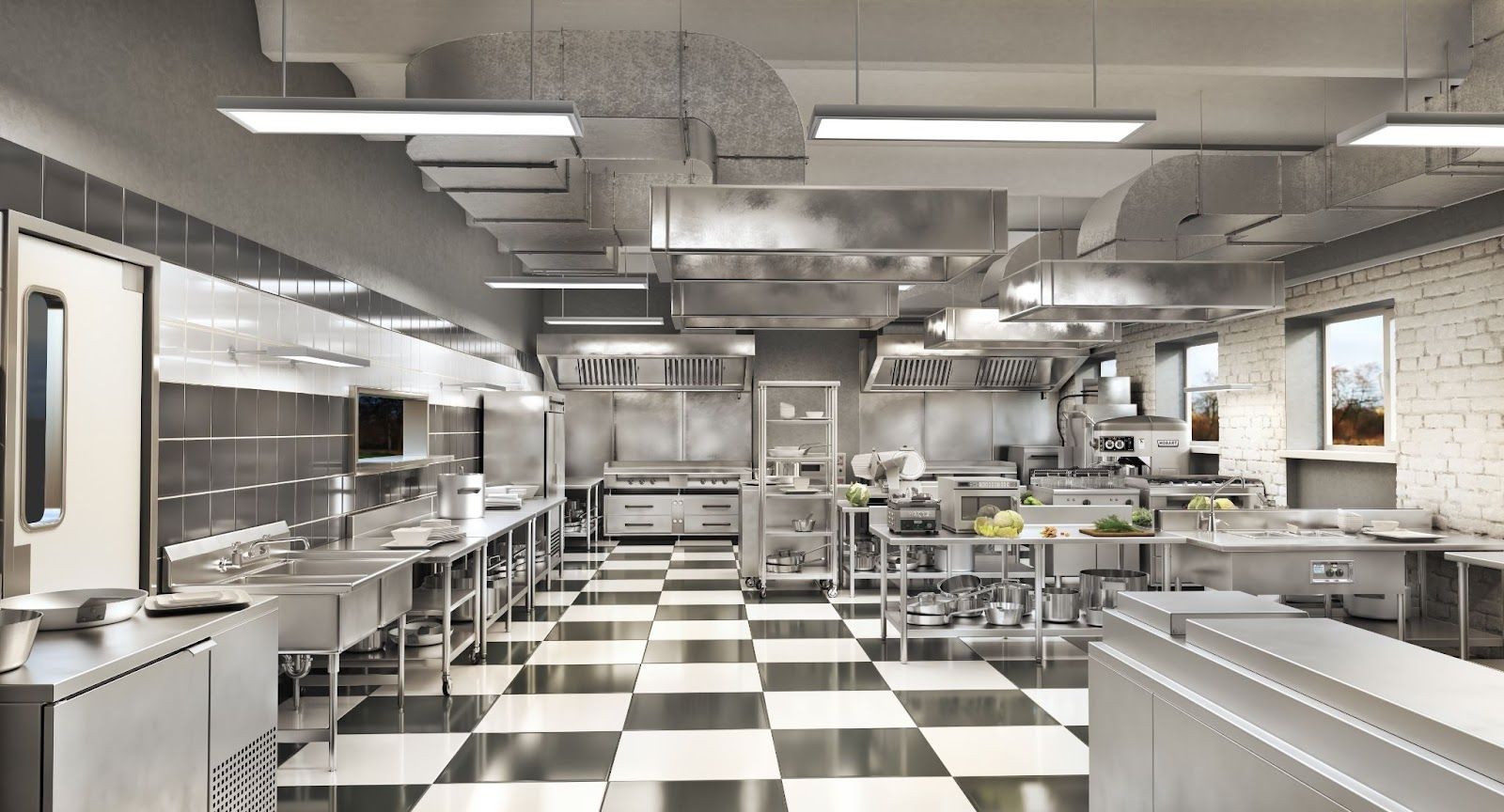
Several various types of metal are mixed to create stainless steel, which is stronger and more resilient than the individual metals. Engineers have developed various stainless steel alloys with unique properties and applications by adding and removing different components.
Stainless steel is a versatile metal used for various applications, from construction to kitchen appliances. Different stainless steel grades are used in food industry companies, and each type has advantages and disadvantages.
Understanding the main alloying components, the various grading systems, and the primary varieties of stainless steel can help you make an informed choice when buying equipment made of food-grade stainless steel.
Benefits of Food Grade Stainless Steel
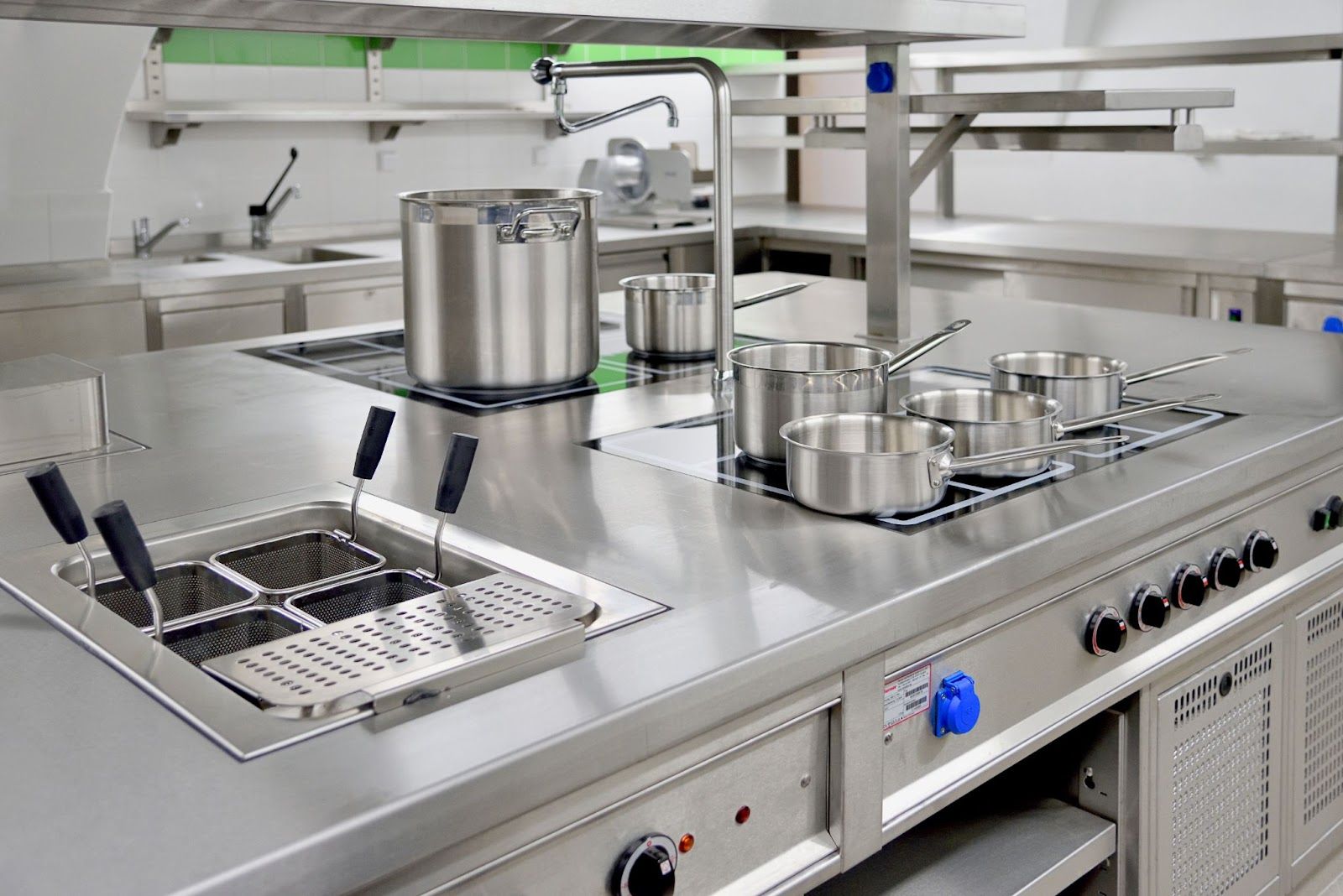
Discover the various benefits of food-grade stainless steel.
Durability
Since it is durable, food-grade stainless steel is an excellent material to use in heavy machinery or for storage area shelving.
Corrosion resistance
Compared to other metals, stainless steel is particularly resistant to corrosion and rusting, making it ideal for use in the kitchen. Kitchen equipment, which is expensive to replace, is frequently made of food-grade stainless steel.
Since most stainless steel grades are incredibly corrosion-resistant, you won't need to worry about upgrading your equipment as frequently.
Non-reactive surface
Since stainless steel is a non-reactive metal, acidic foods like citrus, tomatoes, and vinegar can be prepared in it. Cooking acidic foods with other metals, such as aluminium and iron, will alter the flavour and damage the metal's surface since these metals are reactive.
Easy to clean
Some materials, like wood or plastic, have groves or gaps in which bacteria can get into and grow. Seeing as stainless steel is smooth and doesn't provide bacteria with a place to hide, you can easily clean it, which is a crucial advantage for the food service industry.
Main Types Of Stainless Steel In The Food Industry
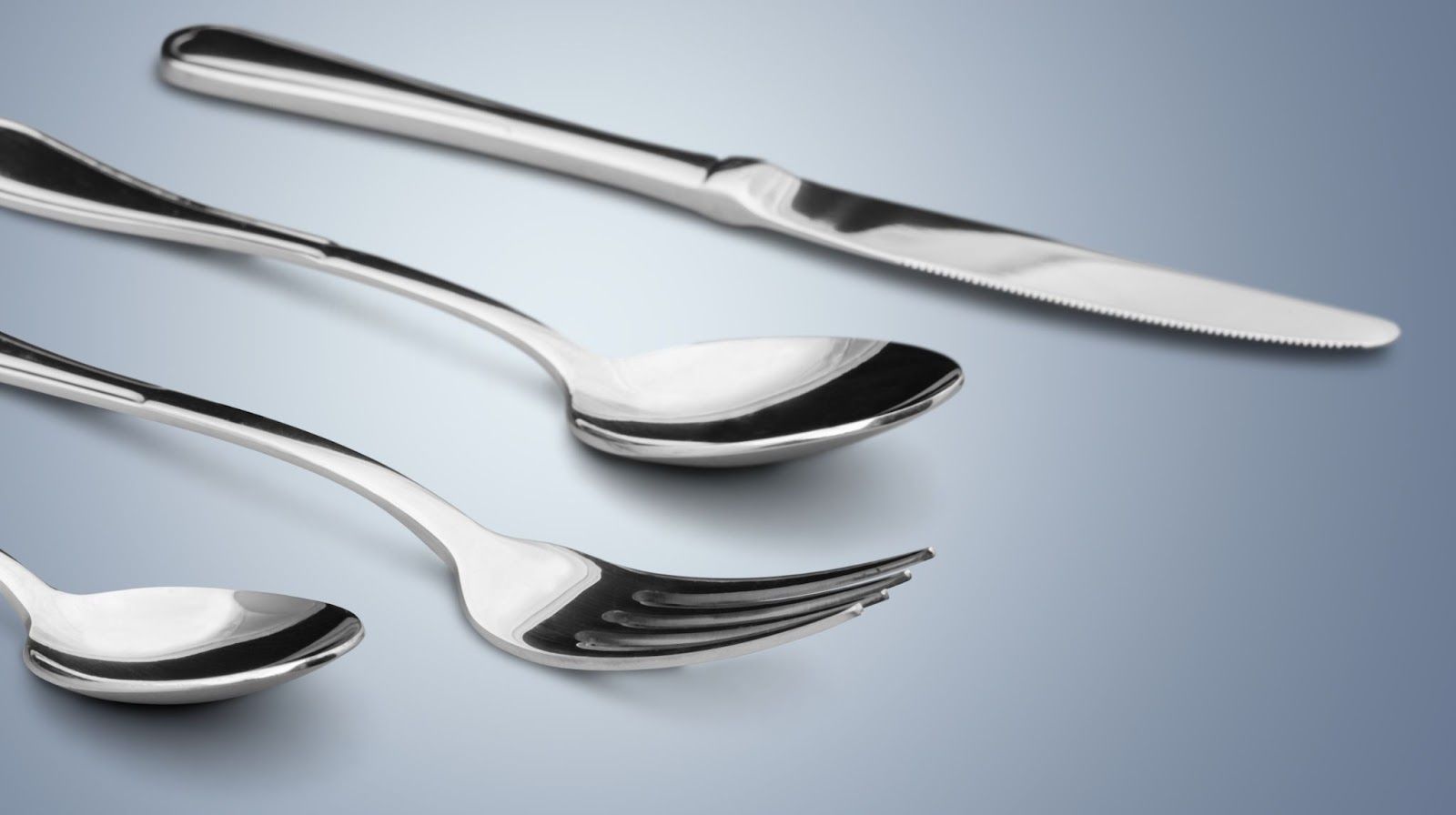
Understanding stainless steel's variants is crucial because there are over 150 different types of the material, and they all have unique qualities. So, here are the main types of stainless steel in the food industry.
200 Series Stainless Steel
The 200 series of stainless steel is of lower quality and exhibits lower corrosion resistance than other grades. Due to its affordability, it still has a place in a commercial kitchen. The best application for this type of stainless steel is food storage containers.
304 Series Stainless Steel
The most popular kind of stainless steel used in kitchens is grade 304. Due to the high levels of chromium and nickel, it has a brilliant lustre. While it is prone to corrosion brought on by exposure to salt, it is also highly resistant to corrosion and rust.
The best application for this type of stainless steel includes the following:
- Kitchen Appliances
- Internal parts
- Kitchen utensils
- Smallwares
- Flatware
- Prep tables
316 Series Stainless Steel
This is the second most popular kind of stainless steel, and the inclusion of the element molybdenum in the alloy boosts its resistance to corrosion brought on by chemicals and salt.
Some popular applications for this type of stainless steel include the following:
- Kitchen equipment
- Hibachi grills
- High-end cookware
- Equipment and furniture used outdoors
- Outdoor equipment used near the ocean
430 Series Stainless Steel
430 stainless steel contains very little nickel and is not as corrosion-resistant as steel in the 300 series. Additionally, this particular type of stainless steel is also magnetic.
This 430 series stainless steel is the perfect application for the following:
- Medium-quality flatware
- Prep tables
- Appliance doors
- Induction-ready cookware
440 Series Stainless Steel
One of the strongest forms of stainless steel used in kitchens is the 440 series, which contains a lot of carbon. 440 stainless steel is a durable, corrosion-resistant metal that can withstand a lot of wear and tear.
Some of the popular applications for this stainless steel include:
- High-quality chef knives
- Cutleries
- Oven door handles
- Internal parts
13/0 Stainless Steel
Most silverware knives are crafted from 13/0 stainless steel. This steel is softer because it has less chromium and no nickel, enabling manufacturers to add serration to the edge.
This type of stainless steel can be found at locations such as:
- Fine dining restaurants
- Casual eateries
- Hotels
- Banquet halls
18/0 Stainless Steel
One of the most affordable options is 18/0 stainless steel, a medium-quality alternative. The flatware grade is magnetic but less corrosion-resistant than other grades.
Since it is magnetic, it can be caught by magnets in conveyor dishwashers and garbage cans, preventing it from being thrown away.
Some common locations that utilise 18/0 stainless steel include:
- Dining halls
- Cafeterias
- Catering companies
- High-volume restaurants
- Retirement homes
- Casual restaurants
- Diners
18/8 Stainless Steel
Among the most popular types of cutlery is 18/8. Due to its high corrosion resistance, this stainless steel has a weighty, professional feel. Most products manufactured of this stainless steel are decorated or designed in some way.
You can find this type of stainless at common locations, such as:
- Casual restaurants
- Upscale establishments
- Hotels
- Catering companies
- Banquet halls
- Bistros
- Cafes
18/10 Stainless Steel
This is the highest-quality silverware available. 18/10 has excellent corrosion resistance. Moreover, the handles of this cutlery frequently have distinctive and eye-catching engravings or motifs.
Familiar places that use this type of stainless steel include the following:
- Upscale restaurants
- Bistros
- Hotels
- Banquet halls
- Catering companies
- Country clubs
Understanding The Different Types Of Stainless Steel Can Help You Maximise Its Benefits
It's crucial to distinguish among the various kinds in the restaurant industry since one type of food-grade stainless steel might be more effective for a given activity. Making informed selections and buying the best items for your needs may be achieved by being aware of the variations among food-grade stainless steel grades and types.
Looking for a quality stainless steel fabrication company in Malaysia? Choose Choong Ngai Engineering!
So, if you're looking for a stainless steel fabricator in Malaysia, visit us at Choong Ngai Engineering today to speak to our experts. We at Choong Ngai Engineering have years of experience and knowledge to answer your doubts or concerns, and we ensure to provide you with the quality solution you're looking for. Call us now!
